 ‘Four things to see’ is sponsored by Bloomberg Connects, the free arts and culture app. Bloomberg Connects lets you access museums, galleries and cultural spaces around the world on demand. Download the app here to access digital guides and explore a variety of content.
‘Four things to see’ is sponsored by Bloomberg Connects, the free arts and culture app. Bloomberg Connects lets you access museums, galleries and cultural spaces around the world on demand. Download the app here to access digital guides and explore a variety of content.
Each week we bring you four of the most interesting objects from the world’s museums, galleries and art institutions, hand-picked to mark significant moments in the calendar.
Adorning everything from domestic interiors to infrastructure, mosaics date back more than 5,000 years to ancient Mesopotamia; their eye-catching combinations of colour and texture were especially popular in ancient Rome. Intricate patterns or figurative images made from pieces of coloured stone, glass or ceramic, they continue to hold our attention in contemporary galleries and public spaces. Antoni Gaudí’s astonishing Park Güell features mosaics at their most monumental; street interventionists such as Invader and Jim Bachor have used tiles on a much smaller scale to remarkable effect.
Born on 7 March 1924, Scottish artist Eduardo Paolozzi created a set of colourful mosaic murals at Tottenham Court Road station in London that are seen by millions of people each year. To celebrate the centenary of Paolozzi’s birth, this week we take a look at four mosaics, including one by Paolozzi himself.
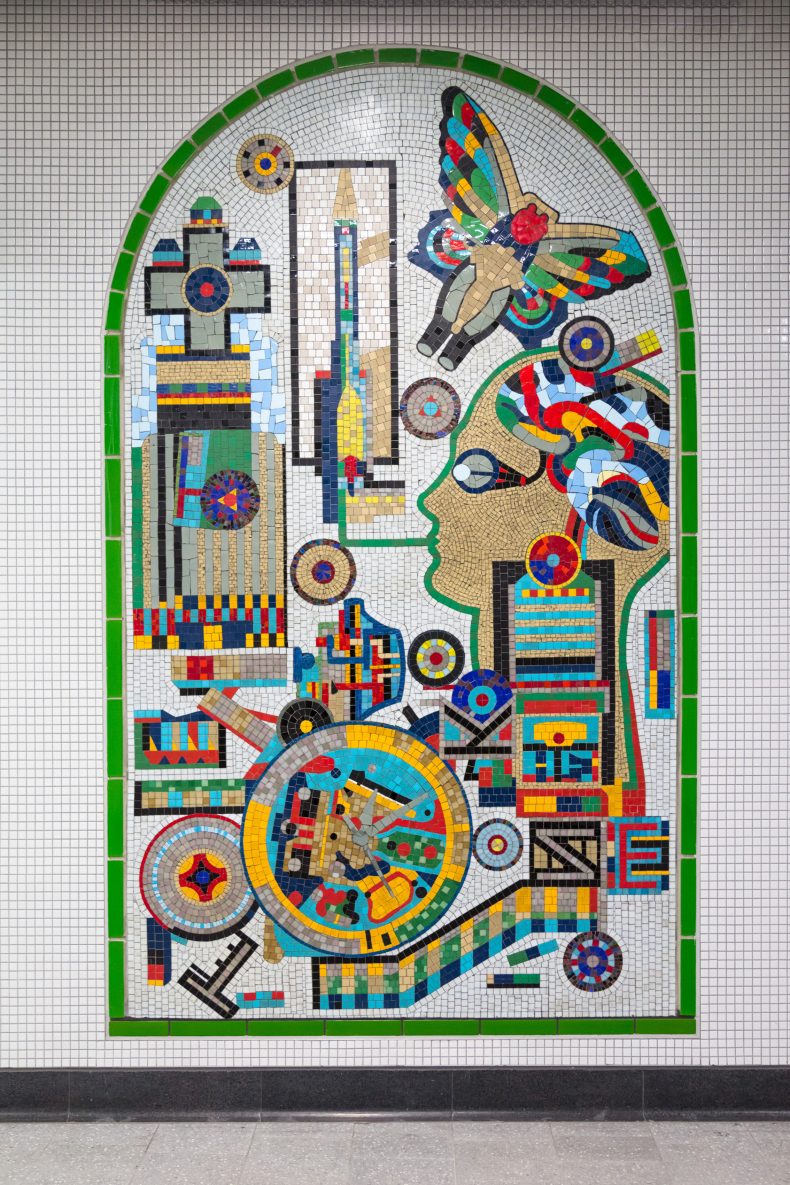
A mosaic panel from 1986 by Eduardo Paolozzi. Tottenham Court Road station, London. Photo: Transport for London, 2017; courtesy TfL
Mosaic murals (1986, restored 2016), Eduardo Paolozzi
Tottenham Court Road station, London
Paolozzi’s glass mosaic murals bring vibrant colour to 950 square metres of the London Underground. During the 2016 restorations, this striking panel was carefully relocated from the former Oxford Street station entrance down to platform level at Tottenham Court Road station. It features one of the many butterfly forms that appear throughout the station, as well as a cross-section of a human brain and motifs indicative of Paolozzi’s interest in mechanisation, all in his typical collage style. Click here to learn more.
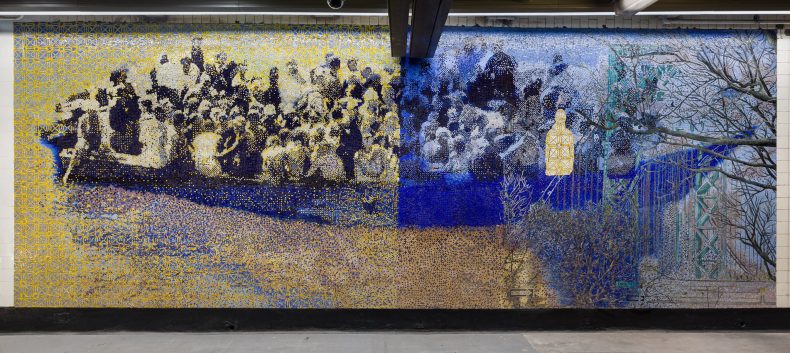
Great Waves of Immigration (2023), Carmen Lizardo. NYCT 181 St Station, New York. Photo: Etienne Frossard; courtesy MTA Arts & Design
Great Waves of Immigration (2023), Carmen Lizardo
181 St Station, New York
From the mid 1960s, pushed by political instability and pulled by changes to American immigration laws, large numbers of people fled the Dominican Republic for New York City; many of them settled in Washington Heights in Manhattan. Now these Dominican communities have a large-scale artwork in their honour: Great Waves of Immigration, a mural designed by Dominican American artist Carmen Lizardo that covers around 370 square feet of wall space at 181 St subway station in colourful glass tiles. Images of landmarks such as George Washington Bridge blend seamlessly with portraits of individuals and such hallmarks of the immigrant experience as the yola – the kind of boat in which many Dominicans arrived on US shores. Click here to find out more on the Bloomberg Connects app.
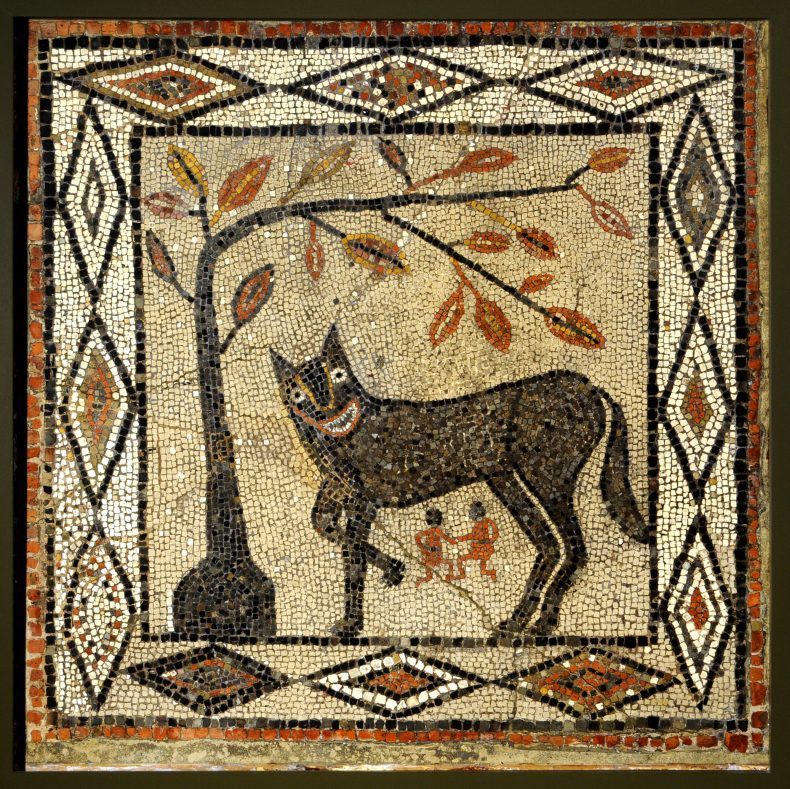
Wolf and Twins (Rome, c. 300–400 AD). Leeds City Museum
Wolf and Twins (Rome, c. 300–400 AD)
Leeds City Museum
Part of a large mosaic floor found in the 1840s in what was the Roman town of Isurium Brigantum, now Aldborough in North Yorkshire, this endearing grinning creature, despite its almost equine appearance, represents the wolf from the legend of Romulus and Remus. The twins are visible in red beneath its belly. Click here to learn more.
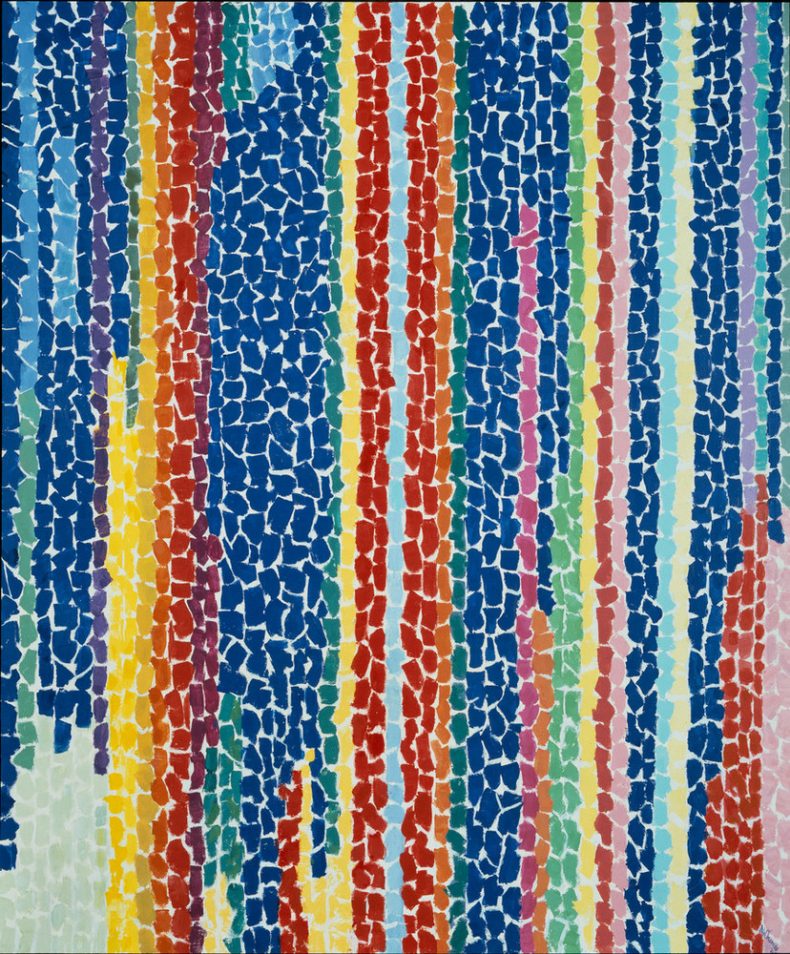
Iris, Tulips, Jonquils, and Crocuses (1969), Alma Woodsey Thomas. National Museum of Women in the Arts, Washington, D.C. Photo: Lee Stalsworth; © Estate of Alma Thomas/Artists Rights Society (ARS), New York
Iris, Tulips, Jonquils, and Crocuses (1969), Alma Woodsey Thomas
National Museum of Women in the Arts, Washington, D.C.
Though abstract in form, this work by Alma Woodsey Thomas evokes fresh spring blooms through its title and its bright colours; the artist referred to these nature-inspired works as her ‘Earth Paintings’. The distinctive abstract painting style that Thomas developed late in life was a kind of mosaic in paint, comprising series of carefully deployed dabs to create dynamic landscapes, abstract forms or geometric shapes. Click here to read more.
![]() ‘Four things to see’ is sponsored by Bloomberg Connects, the free arts and culture app. Bloomberg Connects lets you access museums, galleries and cultural spaces around the world on demand. Download the app here to access digital guides and explore a variety of content or scan the QR code.
‘Four things to see’ is sponsored by Bloomberg Connects, the free arts and culture app. Bloomberg Connects lets you access museums, galleries and cultural spaces around the world on demand. Download the app here to access digital guides and explore a variety of content or scan the QR code.
Unlimited access from just $16 every 3 months
Subscribe to get unlimited and exclusive access to the top art stories, interviews and exhibition reviews.

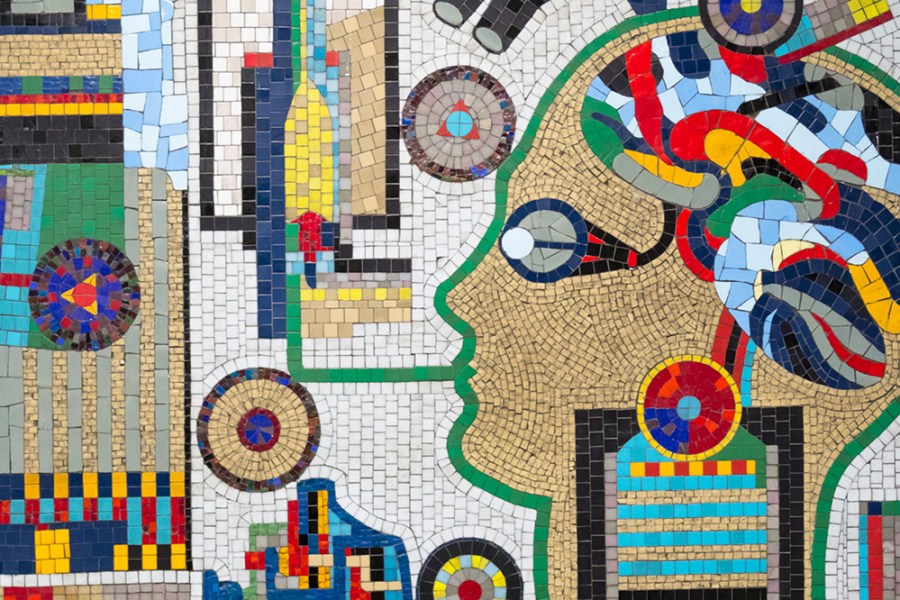
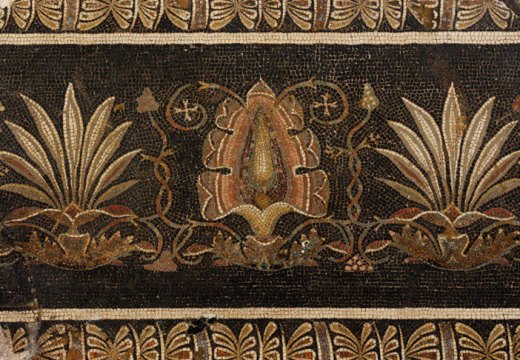
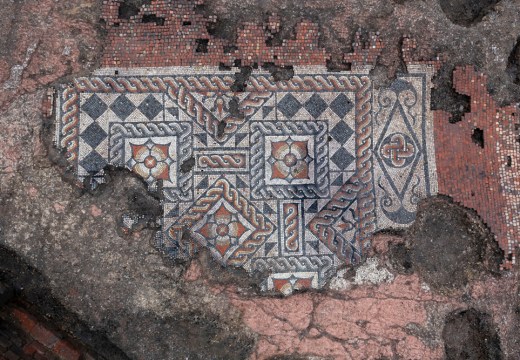
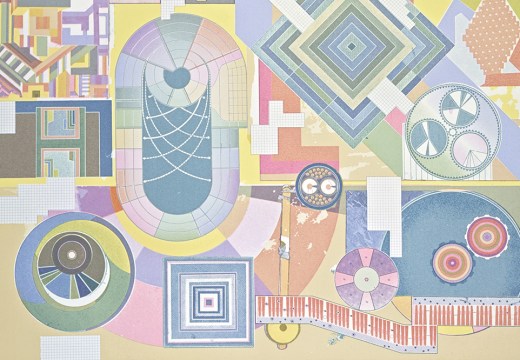









![Masterpiece [Re]discovery 2022. Photo: Ben Fisher Photography, courtesy of Masterpiece London](http://www.apollo-magazine.com/wp-content/uploads/2022/07/MPL2022_4263.jpg)
It’s time for the government of London to return to its rightful home